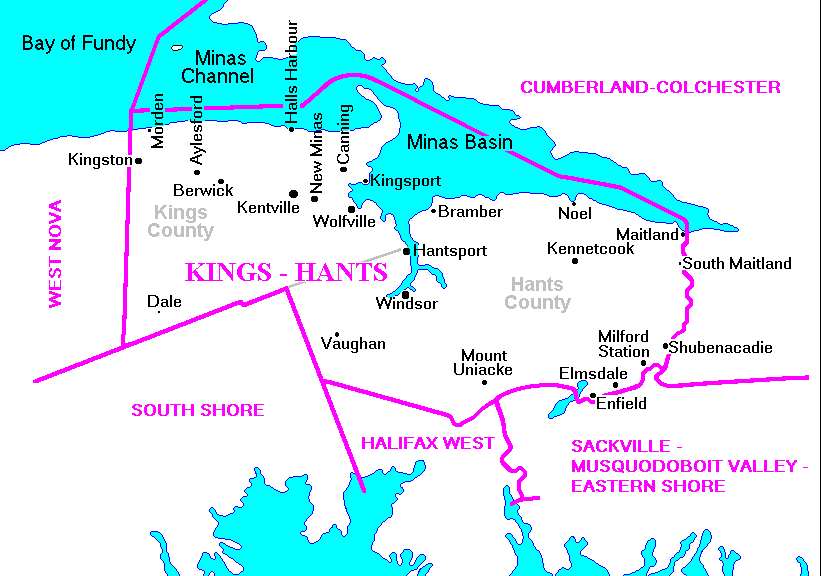
1999: Installation of NGL pipeline and Point Tupper gas pipeline side by side in one trench.
Source: http://www.soep.com/soep-bin/getpage?section=5&subsection=1&subsubsection=8
Chapter 65
2000 August 6-31
Index with links to the other chapters
4710 kPa = 683 psi
4710 kilopascals = 683 pounds per square inch

No commercials until October (and limited commercials later)
Name and artist of current song
"Pause a song" for a minute or an hour and resume at the note you left
"Next selection", tells you what artist is up next
"Skip to the next song" lets you jump immediately to hear the next song
One step "click and purchase" the current CD (through CDNow.com).
|
at 1668 Barrington Street, Halifax. |
|
[ICS comment, written 16 August 2000, while browsing the complete list of North America candidates and their campaign material:]
Many of these candidates are well-qualified, and it's going to be tough to make a final voting decision from such a large number of excellent choices.
North America member-nominees sorted by number of endorsements http://www.icannnot.org/icannel.cgi (Note: Much of this site is meant to be a parody of ICANN.) |




 |
|||
 |
 |
||
 |
|||
|
Written by ICS, Wednesday afternoon, August 23rd, 2000 Seems to me there are some basic items a citizen might reasonably expect to find in a campaign website operated by a candidate for public office, but which are missing from the websites operated by these three candidates. A Map of the Consituency, showing the constituency boundaries and ten or twenty of the larger communities, certainly should be part of any candidate's website, so that citizens can find out whether or not they live in the area where the election is being held. It may seem, to political junkies, that everyone knows what constituency they reside in. But many people are hazy about such arcane matters as constituency boundaries — the fact that boundaries are altered about every second election doesn't help. I can hear a webmaster sputtering: "But we clearly stated that the constituency of Kings-Hants comprises Kings and Hants Counties." That would be good enough if practically everyone was clear about county boundaries, but the fact is many people aren't all that sure about county boundaries either. Even media people often are less than well-informed about such matters. An online map would be of considerable value to many people, but none of the three websites above has a map — none even has a link to a suitable map. This omission is an astonishing oversight. (A current map of Kings-Hants is provided below.)
There are a few elementary requirements for a useful constituency map. (These may be elementary but they have been overlooked in all the online maps I've seen, including those provided by Elections Canada.)
Basic Election Information, beginning with the date of the election, and the voting hours. Same information for the advance polls. The last day for voter registration sould be stated. Voter qualifications should be described. All of this in plain English, of course. Yeah yeah yeah, all this is available elsewhere — for the alert and attentive voter — but it should be spelled out clearly in the campaign website of any serious candidate for election to public office. The absence of such basic and important information can easily convey the impression nobody is minding the store.
When stating dates, it is very helpful to include the day of the week.
|


|
|
A worker picks up and readies some foam pads to be placed under a lateral pipeline being installed along Guysborough Road. |
The following information is excerpted and adapted from General Terms and Conditions of the Gas Tariff filed with the U.S. Federal Energy Regulatory Commission (FERC) by Maritimes and Northeast Pipeline LLC; Original Sheet No. 205 — Effective Date: December 1, 1999 . The section numbers shown below match the corresponding section numbers in the MNE Gas Tariff.
Source:
http://infopost.link.duke-energy.com/gisb/mn/tariff/gtc/mn205.htm
|
Long ago, in a universe far away, there was a huge empire. It was so large that many believed it included the whole world — certainly the whole known world. We call it the Roman Empire. The Romans had a number system in which numbers were represented by letters. Many of us have heard of that system:
V means five X means ten D means fifty C means one hundred, and M means one thousand. The term Mcf, which appears frequently in the legal documentation (contracts, price schedules, bills, testimony before regulatory tribunals, etc.) of the Maritimes and Northeastern Pipeline companies and their customers, is derived directly from that ancient Roman numeral system, in which M means one thousand. "cf" means "cubic foot" or "cubic feet"; and "M" means one thousand, thus "Mcf" means "one thousand cubic feet." Which leads to the next usage, "MMcf" which means one thousand thousand cubic feet, or one million cubic feet. Similarly, "MMBtu" means one thousand thousand British Thermal Units (BTU), or one million BTU. One has to be careful to distinguish the ancient usage M meaning one thousand from the modern usage M meaning one million (the standard metric prefix). |
|
There are two separate companies with similar names:
Maritimes & Northeast Pipeline LLC (Limited Liability Company) on the U.S. side of the border, and Maritimes & Northeast Pipeline LP (Limited Partnership) on the Canadian side of the border. Both are controlled by Duke Energy Corporation, Charlotte, North Carolina. |
Ownership of Sable Offshore Energy Incorporated:
50.8% by Mobil Canada (a wholly-owned subsidiary of ExxonMobil)
31.3% by Shell Canada Limited
9.0% by Imperial Oil Resources Limited
8.4% by Nova Scotia Resources Limited, and
0.5% by Mosbacher Operating Limited.
Ownership of Maritimes and Northeast Pipeline Limited Partnership:
37.5% by Westcoast Energy Inc.
37.5% by Duke Energy
12.5% by Mobil Oil Canada
12.5% by Emera Inc. (formerly Nova Scotia Power Holdings Inc)
Maritimes & Northeast Pipeline Limited Partnership is a Limited Partnership incorporated under the laws of New Brunswick. It owns the pipeline system extending from Goldboro, Guysborough County, Nova Scotia, to the international border between Canada and the United States where it interconnects with Maritimes & Northeast Pipeline, L.L.C.
Sable Offshore Energy and Maritimes and Northeastern Pipeline LP are both based in Halifax.
Index with links to the other chapters
![]()
W3C HTML Validation Service
http://validator.w3.org/
![]()
W3C CSS Validation Service
http://jigsaw.w3.org/css-validator/